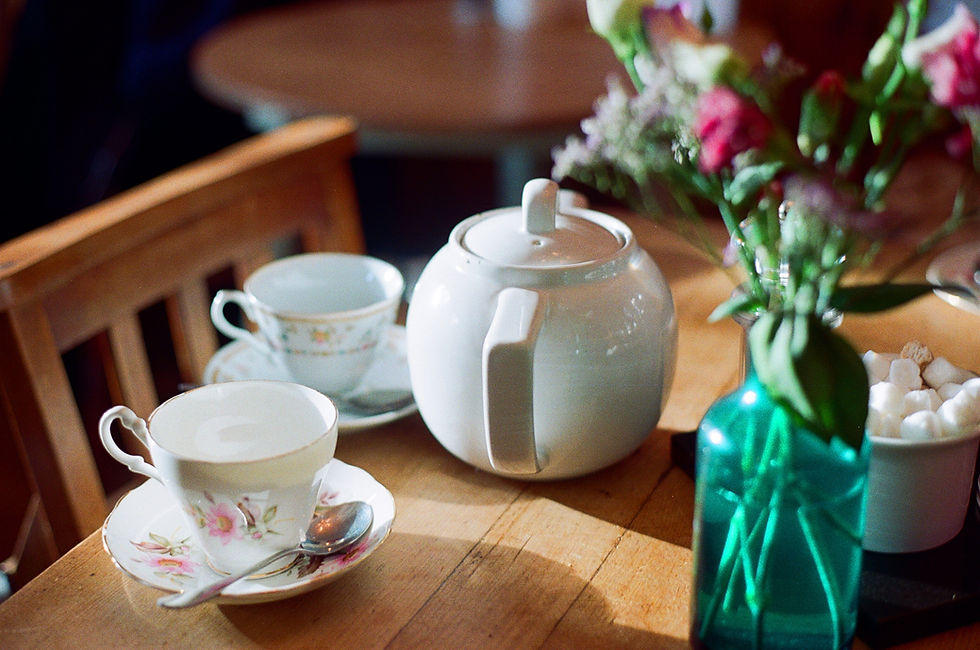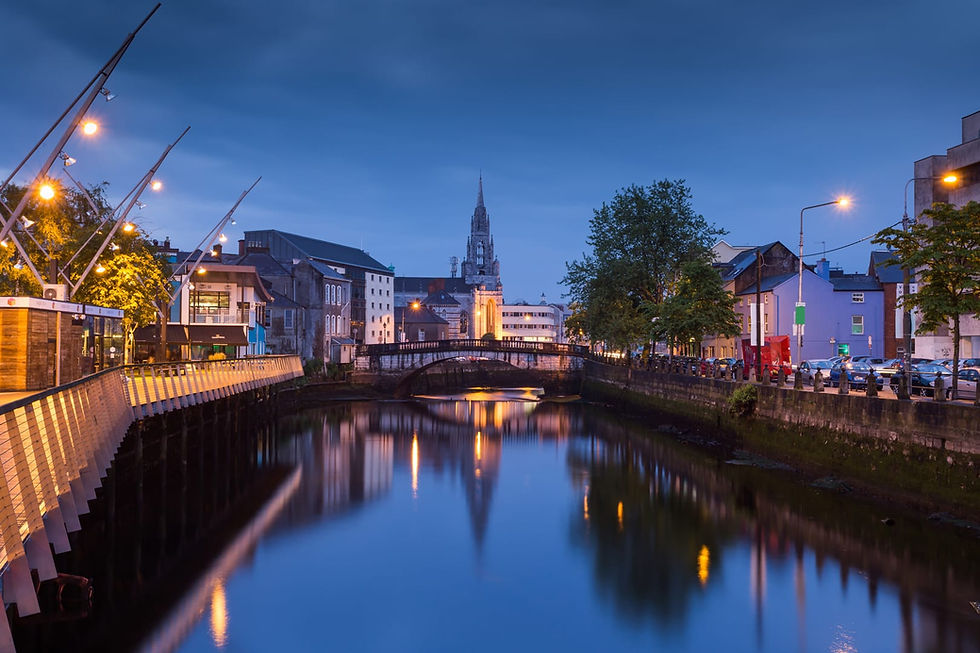Irish Mythology – The mystical, magical, and scary stories of Irish legends
- Dementej G. - Marketing and Office Intern
- Oct 24, 2022
- 4 min read
Everybody has heard a fairy-tale or a spooky legend when they were growing up. As kids, we were frightened or fascinated by them. But as we grew older, we accepted the fact that they were nothing more than scary stories to keep us kids from being naughty and to keep us on our best behaviour. Every tale had its purpose. Scary stories of monsters stealing children made sure that we behaved and listened to our parents. Myths of gold at the end of the rainbow made us want to explore and play outside. But every country and community has its own unique mythology and tales, with some being more realistic than others.
And that is why it’s worth exploring the mythical, historical, and spooky side of Ireland.
More than pots of gold
The first and probably most well-known myth that originates from Ireland are the Leprechauns. In Irish folklore, these elf-like creatures are portrayed as deceiving but harmless tricksters. Usually, we see them portrayed as small, bearded men, wearing green clothes and green hats. They are also said to be solitary creatures, whose main occupation is shoemaking. But their modern-day portrayal is not completely true to their authentic depictions. Before the turn of the century, leprechauns supposedly wore red and not green. And even the pot of gold at the end of the rainbow is something that was not widespread in old Irish folklore. But who knows?

The second myth of Ireland is the shamrock. Well, the shamrocks are real, but the story is an old folktale. If I were to ask you, what do you think of when you hear the word “Ireland.” Some of you would probably think of leprechauns, Guinness, and shamrocks. But do you know why we associate the shamrock with Ireland? The three-leafed clover is not just a very recognisable symbol of Ireland it is also important in the historical aspect of the spread of Christianity on the island. It dates to St. Patrick and his attempts to teach the Celts about Christianity and the Holy Trinity. But they couldn’t understand his teachings. And that is why to make the subject easier to understand he used the shamrock to portray the Holy Trinity to the (then) pagan Celts. With his portrayal, the Celts understood what he was trying to preach, and that is how the shamrock became an integral part of not just Irish but also Christian tradition and history.
Halloween spooks and ghouls
Now the last three creatures are of a more ghoulish nature, just in time for Halloween. And before we mention them, we should talk about the history of Halloween. Its roots are buried in the Irish holiday known as Samhain. In Celtic Ireland Samhain was the festival that divided the year into two halves. The lighter half being summer, and the darker half being winter. The people believed that at the change of seasons, that being the 31st of October, the link between the world of the living and the world of the dead was at its thinnest. And that supposedly allowed spirits to pass from one world to another. And to protect themselves from evil spirits, people started wearing costumes so that they wouldn’t be recognised and affected by them.
The first member of the spooky trifecta is the Banshee. In Ireland, a Banshee is an evil female (spirit) who brings death to family members of those who interact with her in any way. Sometimes she presents herself as an old woman dressed in torn rags, but sometimes she could appear as a beautiful young girl in white cloth. Whenever she was spotted, she let out a high-pitched cry and the cry brought death to family members of those who heard it. And if many banshees were to be seen together, that meant that someone holy would die. The first time that Banshees were mentioned was in 1380, but some mentions can be also found in the Norman literature of that time.

The second creature is the Pooka (sometimes spelt as Púca). It is said to be a creature with black hair and red eyes. But their most spooky feature was the ability to shapeshift. Some Pookas also possessed the ability to communicate with humans. Pookas were feared by adults and children as they were easily mistaken for an animal, due to their shapeshifting abilities. But they were not all mean-spirited or evil, as it was said that some brought good and some brought bad fortune to those that it appeared to, but they never caused physical harm to anyone. You can read many old tales about Pookas interacting with weary victims but the most common one is of a fine aul yap, a so-called chat. Pookas are known to spend hours and hours with unsuspecting victims, and just waste away their time with nonsense debates and advice.
And the last mention on our list goes to (probably) the spookiest creature from Ireland. The Dullahan. A headless rider, on a horse that is as black as the night. He carries his own severed head in his hand while riding. Their mouth is in a hideous grin and his eyes can see even during the darkest nights. In his other hand is a whip…made out of a human spine. He is supposed to be the embodiment of the Celtic God Crom Dubh. And he rode his horse over the country and the people believed that anytime he stopped riding a person would die. And if he called out a name of a person, he would take their soul and they would drop dead instantly. Today we could say that the Dullahan is the predecessor of the headless rider that we see in many TV series or cartoons, but that wouldn’t be completely true as they are the same person, myth, legend…headless tormentor? We will leave the decision up to your imagination.
So, there you have it. A couple of Irish mythical tales, some more knowledgeable and some more in the spirit of Halloween. Maybe you learned a spooky fact or two. Or just something general about Irish mythology and history. But maybe this was that sign you were hoping to get, to come to Ireland and hunt leprechauns and search the ends of rainbows for their hidden pots of gold.





